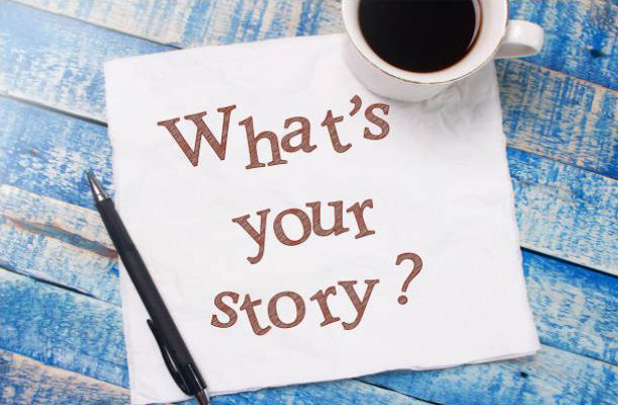The Power of Storytelling in Marketing
How do you communicate with your target audience?

Do you tend to use more logic and data to convey your brand message, or do you use more feeling and emotion?
This is an important question that every business or content marketer should ask themselves – because one communication style has been proven to be much more effective than the other.
In fact, creative and emotion-evoking storytelling in marketing has the ability to truly appeal to prospective customers who are seeking your guidance, and has a much more memorable quality.
Think about the most successful digital ad campaigns or branded social media posts – the ones that resonate with you most, and really “stick”. It’s more than likely that these pieces of content don’t contain any numerical data or hard-hitting logic. But rather, they likely elicit some kind of emotion or feeling from you.
People want to feel a connection.
Many companies like to advertise with hard-hitting facts and data. This is how they’ve been communicating with their audience for years, and it’s what they’ve seen their competitors do, as well. It’s all they know! But the truth is, while a company’s impressive numbers and stats are still important, this is rarely remembered by audiences – and it really isn’t the most appealing way to go about things.
On the other hand, telling a story that conveys a relatable or emotional message helps your brand to come off as more human and genuine. A piece of branded content is much more likely to elicit a follow, a share, or, better yet, trust from a potential customer if it succeeds in getting them to feel.
Emotion gets shared and remembered.
You don’t want to sound like every other company. You want to stand out in any and every way you can. And through effective storytelling – whether used in a blog article, a video, a case study, an e-book, or you name it – you have the ability to turn your potential customers into the main characters of your story, thus tapping the power to influence how they think and feel.
For the most effective storytelling, keep 'The Golden Circle' in mind.
The order in which you tell your story is also important. Using Simon Sinek’s “The Golden Circle” concept, which is all about starting with the WHY (Why are you doing what you’re doing?), then the HOW (How will this help your audience?) and then finally, the WHAT (What are you offering?), you can tell stories that will leave a lasting impression on your audience.
To learn more, watch Sinek's insightful Ted Talk.
The bottom line:
Storytelling is essential to standing out in today’s heavily saturated and highly competitive marketplace.
According to HubSpot Academy, with 2.5 million pieces of content shared on Facebook, nearly 300,000 tweets and 220,000 Instagram photos posted, 72 hours of YouTube video content uploaded and 1, 388 blog posts published every MINUTE (yes, every minute!), it’s really easy for any message to get lost if it isn’t strong enough.

